Paleis der Fotografische Sculpturen
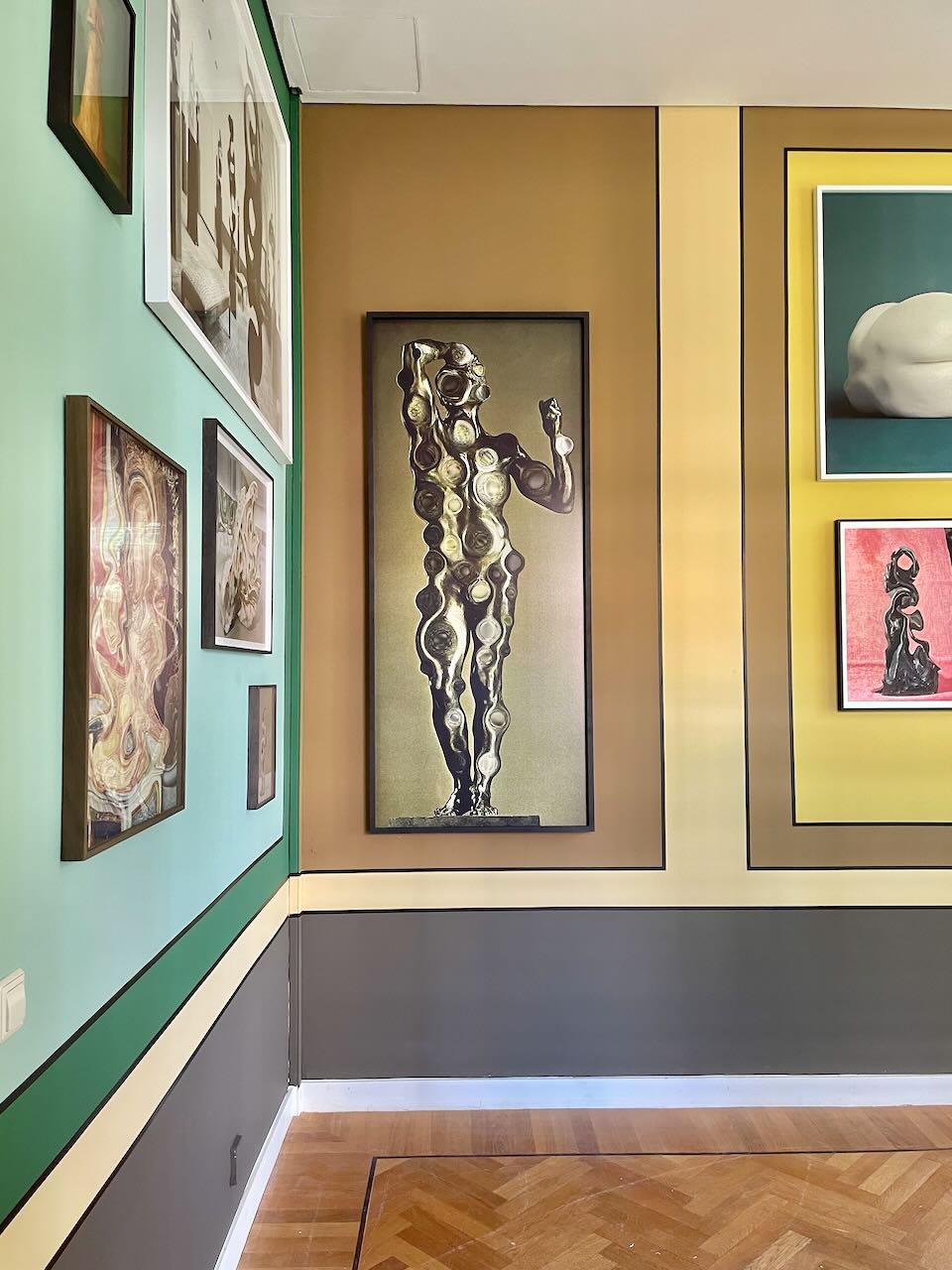
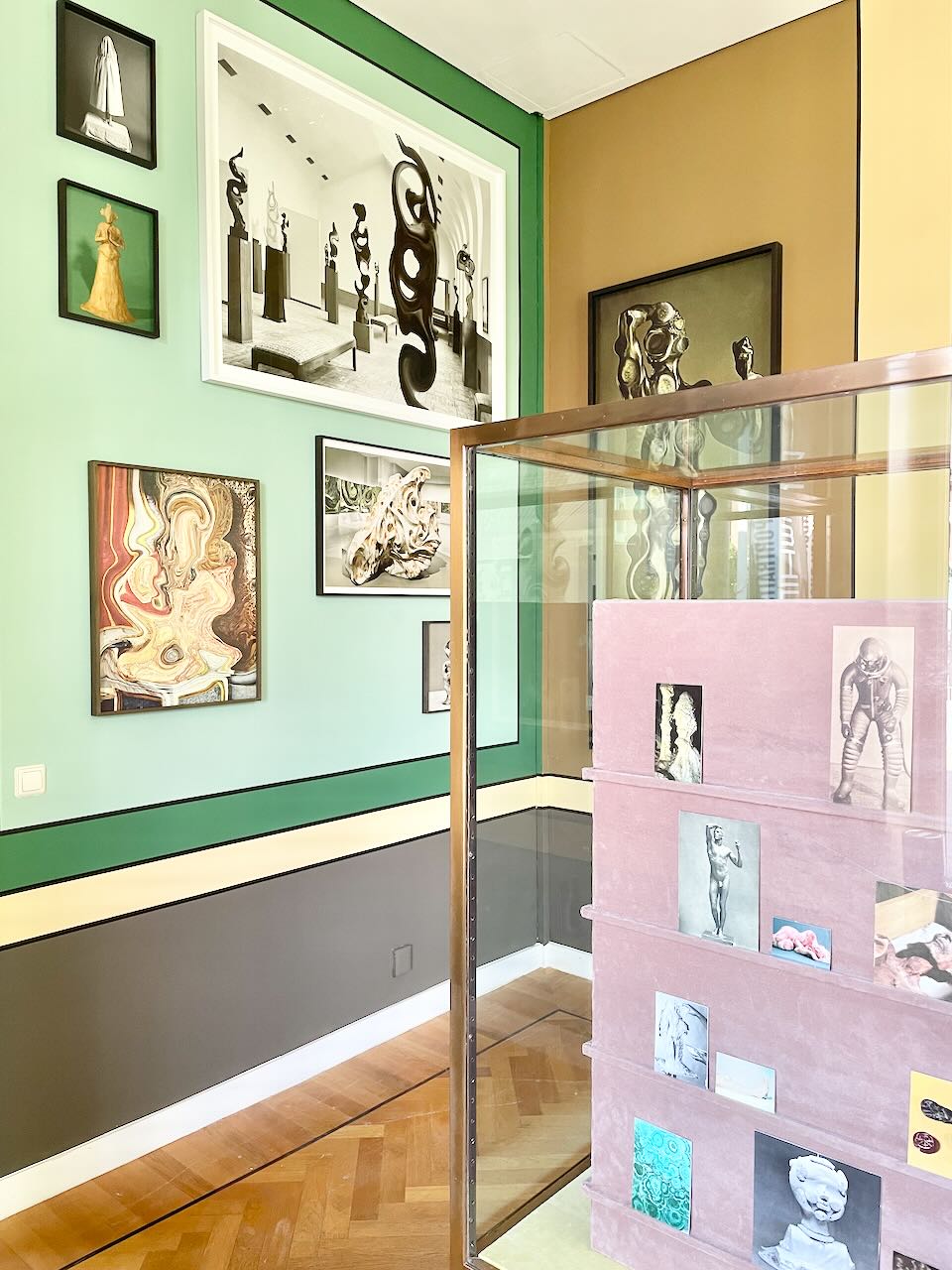
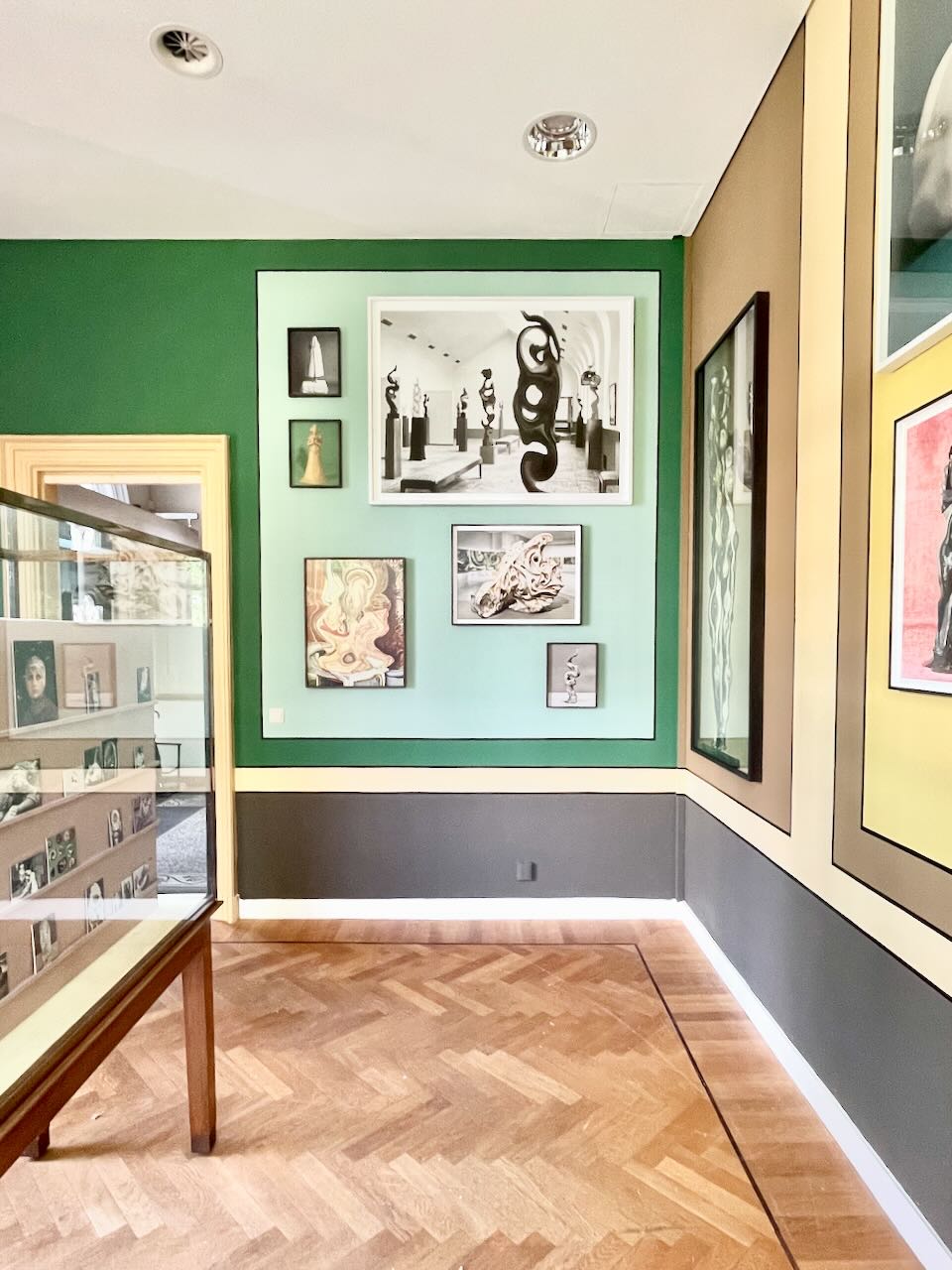
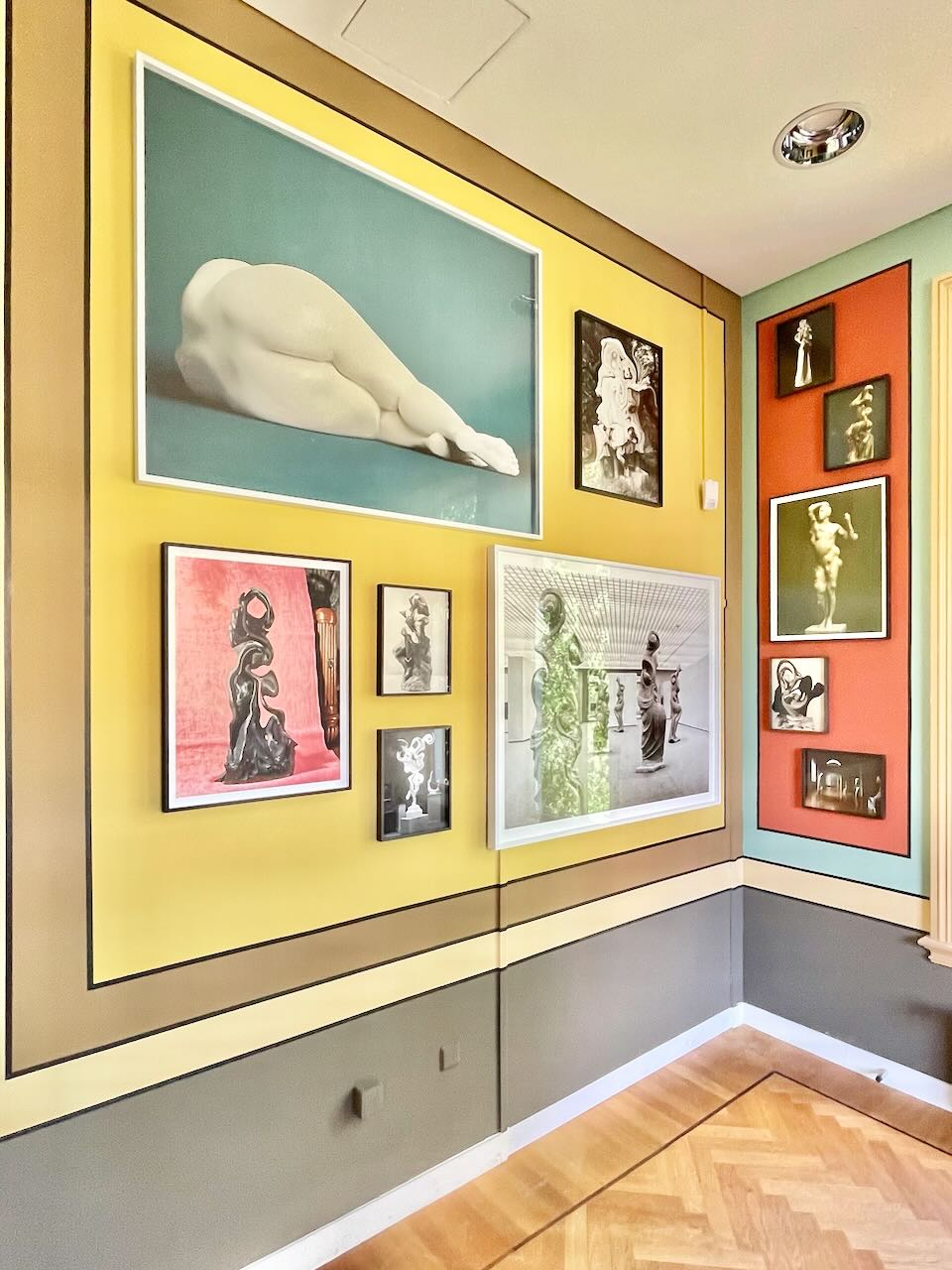
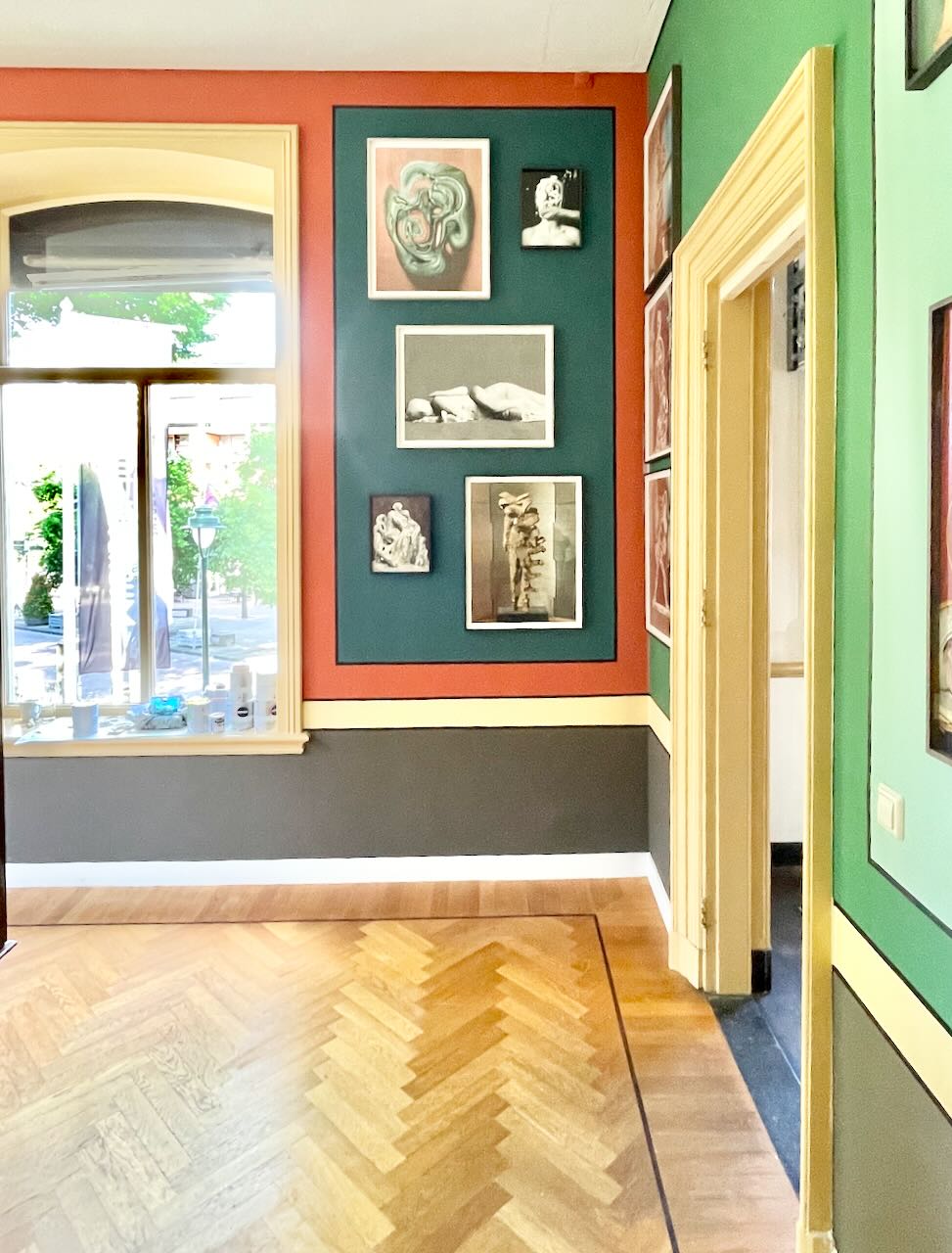


1 “Salon-style hanging” originates from the 18th and 19th centuries, particularly in France.
This approach of densely packed, floor-to-ceiling display became iconic through the Paris Salon, the official art exhibition of the Académie des Beaux-Arts.
2 During the 1900 World’s Fair in Paris, there was an attraction called the Palais des Illusions (“Palace of Illusions”). This installation was one of the most popular highlights of the exhibition. The Palais des Illusions consisted of a large hall filled with mirrors and electric light, creating the illusion for visitors of being inside a vast palace. This experience offered an early form of what we might now describe as virtual reality.
This approach of densely packed, floor-to-ceiling display became iconic through the Paris Salon, the official art exhibition of the Académie des Beaux-Arts.
2 During the 1900 World’s Fair in Paris, there was an attraction called the Palais des Illusions (“Palace of Illusions”). This installation was one of the most popular highlights of the exhibition. The Palais des Illusions consisted of a large hall filled with mirrors and electric light, creating the illusion for visitors of being inside a vast palace. This experience offered an early form of what we might now describe as virtual reality.
Paleis der Fotografische Sculpturen
“Paleis der Fotografische Sculpturen is an exhibition and immersive installation that plays with the boundaries of photography, sculpture, painting, and contemporary digital techniques. Visual artist and photographer Koen Hauser explores and expands the borders between artistic disciplines. The result is a visually associative journey—an experience where memory and reality cross-pollinate.
The installation consists of a collection of digitally manipulated images in which three-dimensional qualities of visual art are reinterpreted into a two-dimensional reality. Hauser draws inspiration from vintage photographs of iconic sculptures by artists such as Rodin. These historical images evoke memories while also carrying a sense of strangeness.
Through a captivating play of perception and recognition, Hauser combines 3D rendering, 2D manipulation and AI image generating in a way that retains a connection to the real. He invites viewers to look closely, associate freely, and embrace the unexpected. As an artist, he shifts roles—sculptor, painter, photographer—while his final works remain rooted in photography. Paleis der Fotografische Sculpturen offers an experience suspended between fantasy and reality. “